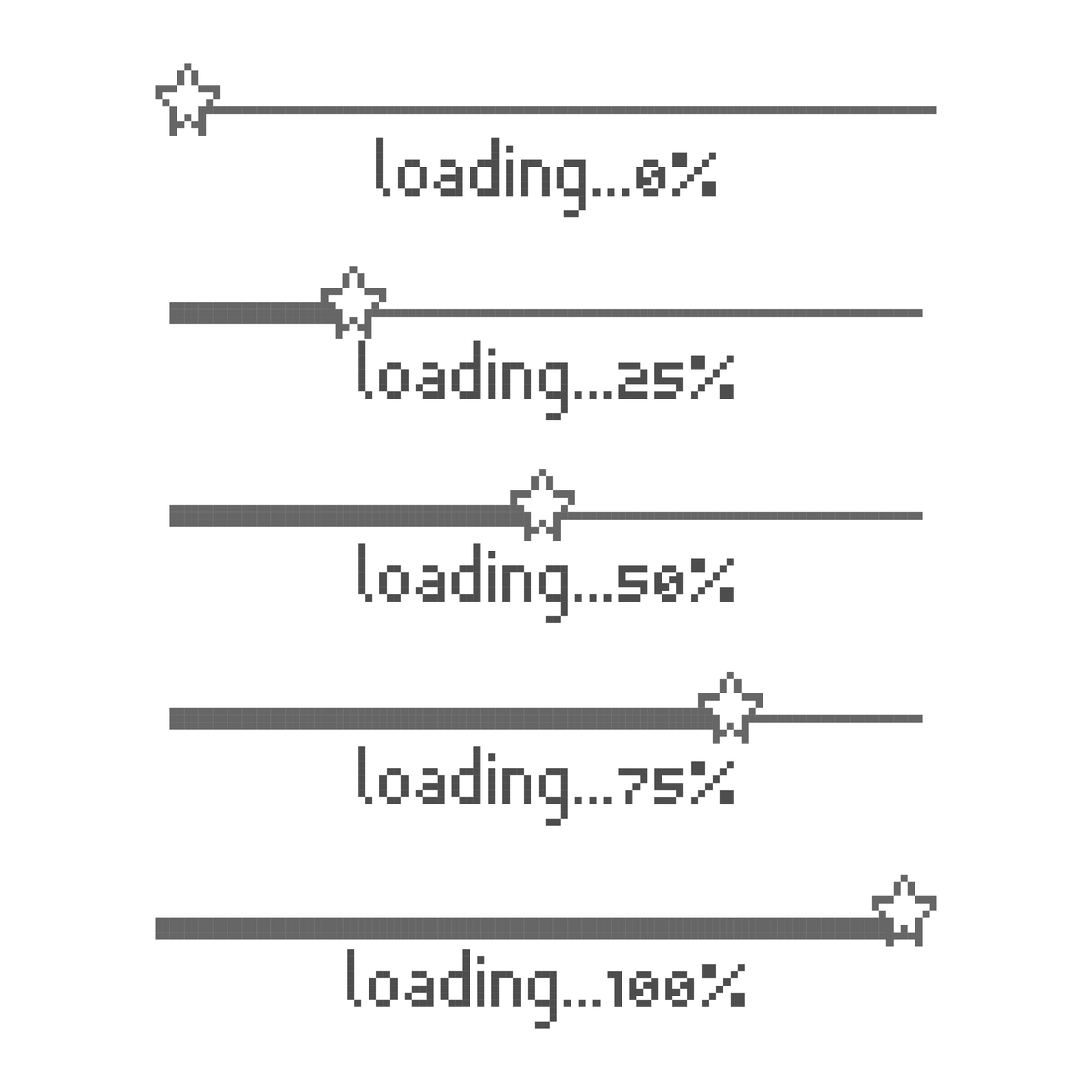用python写K均值聚类方法
K均值聚类是一种常见的无监督学习算法,用于将数据分成K个簇。以下是一个用Python实现K均值聚类的例子:
import numpy as np
import matplotlib.pyplot as plt
def k_means(X, K, max_iters=10):
# 初始化质心
centroids = X[np.random.choice(len(X), K, replace=False)]
for i in range(max_iters):
# 计算每个点到质心的距离
distances = np.sqrt(((X - centroids[:, np.newaxis])**2).sum(axis=2))
# 找到每个点距离最近的质心的索引
cluster_indices = np.argmin(distances, axis=0)
# 更新质心
for j in range(K):
centroids[j] = X[cluster_indices == j].mean(axis=0)
return cluster_indices, centroids
# 生成数据
np.random.seed(0)
X = np.random.randn(100, 2)
X[:50] += 5
# 聚类
cluster_indices, centroids = k_means(X, 2)
# 可视化
plt.scatter(X[:,0], X[:,1], c=cluster_indices)
plt.scatter(centroids[:,0], centroids[:,1], s=100, marker='X', c='red')
plt.show()
该代码使用numpy和matplotlib库,生成一个二维数据集并将其聚类为两个簇。函数k_means接受三个参数:数据集X,簇的数量K和最大迭代次数max_iters。在每次迭代中,该函数计算每个点到质心的距离,并将每个点分配到距离最近的质心所在的簇。然后,它更新每个簇的质心。此过程重复max_iters次或直到质心不再变化为止。最后,该函数返回每个点所属的簇的索引和每个簇的质心。最后,使用matplotlib库将数据和质心可视化。

原文地址: http://www.cveoy.top/t/topic/sax 著作权归作者所有。请勿转载和采集!